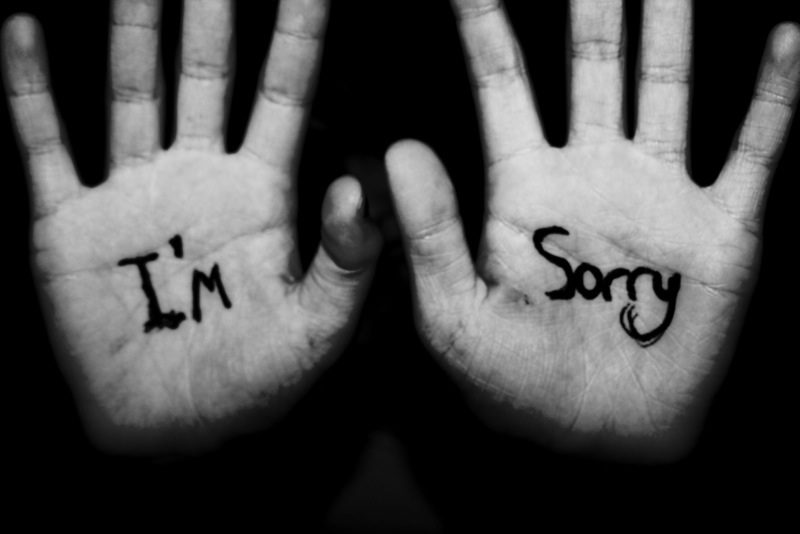
If you plan and manage special events, you have an event bag. The bag (usually an old briefcase or gym bag) contains extra items that might come in handy for any event, on top of all the supplies you are already packing. So while you will already have pens for the registration desk, your event bag will contain an extra box of pens for when the ones you have go missing, which they will. A well-stocked event bag usually contains typical office equipment such as scissors, a stapler, Sharpies, name tag holders, string, tape (of the duct, masking and double-sided variety), thumb tacks, pushpins, paper, USB sticks, and the like.
The event bag needs to be checked and inventoried before each event and in a perfect world, it would be restocked immediately after every event but, as any event planner will tell you, restocking the bag is usually the last thing anyone wants to do in the exhausted hours immediately following an event so it gets tossed into a corner where it remains until it's opened hours before the next event.
If you regularly plan events you know all the staples you need for your kit but there are many more, not-so-obvious items you may want to include. Following is my list of the top ten must-haves for your event bag, based on two decades of managing (mostly) successful events.
1. Plastic ties (see photo above) - At every event, there is something that needs to be secured, fastened or otherwise jury-rigged onto a pole. When that happens, nothing beats plastic industrial ties. They adjust to any size and you can just snip off any extra length with scissors.
2. Eye drops - Spectacular events don't happen overnight. A seamless execution is the result of months of careful planning and last minute changes. It is very rare to get a good night's sleep before an event, usually because you are still at the venue hanging banners at midnight. To ensure you look fresh and awake at event time, always carry different varieties of eye drops.
3. Adhesive bandages - All that last minute lifting, hanging, shoving, cleaning wreaks havoc on your fingers and minor cuts and scrapes are the inevitable result. Having these on hand will prevent you from dripping blood onto your beautiful rented table-cloths.
4. Chargers - Of course your cell phone is dead. You were up all night trying to find a florist who could deliver 1000 purple lilies by morning since the florist you already booked fell ill. Your event kit should include every type of wall charger available for today's array of smart phones, cameras, music players, etc.
5. Flashlight - Have you ever crawled under a stage trying to figure out why your PowerPoint presentation isn't working or your exploding confetti gizmo has malfunctioned? It's a lot easier when you can see where you're going.
6. Sewing kit - I have never staged an event in 20 years where we didn't need to pull out the sewing kit. Dropped hems, popped buttons and inappropriate cleavage present themselves in the moments before the lights go up.
7. Stain remover - It's hard not to spill coffee on your shirt when you're quaffing gulps between table setups. A dab of stain remover may not hide it entirely but it will at least diffuse it over a larger area so it fades. If you have a car, bring along an extra blazer as well.
8. Flat shoes - Every seasoned (female) event planner knows that you wear flat shoes during set-up and put on the heels when it's event time. Nowadays you can buy ballet flats that role up into a ball and come with their own carrying case.
9. Snacks - It's time for the event and you realize you've been onsite since 6 a.m. and haven't had a thing to eat. When there's no time to nibble (and there never is), you can hit up your event bag for granola bars, protein bars, chocolate, etc. If you're super organized, you can include a small cooler with cheese strings and other items.
10. OTC medicine - Don't let your great work be sidelined by migraines, indigestion or nausea. A well-stocked event bag can double as a portable medicine chest.
Those are just a few of the not-so-obvious essentials I make sure to include. What are some other surprising things you pack for events?






